Student teams win big in 2017 Schindler Global Award urban design competition
By Justine Testado|
Wednesday, Apr 26, 2017
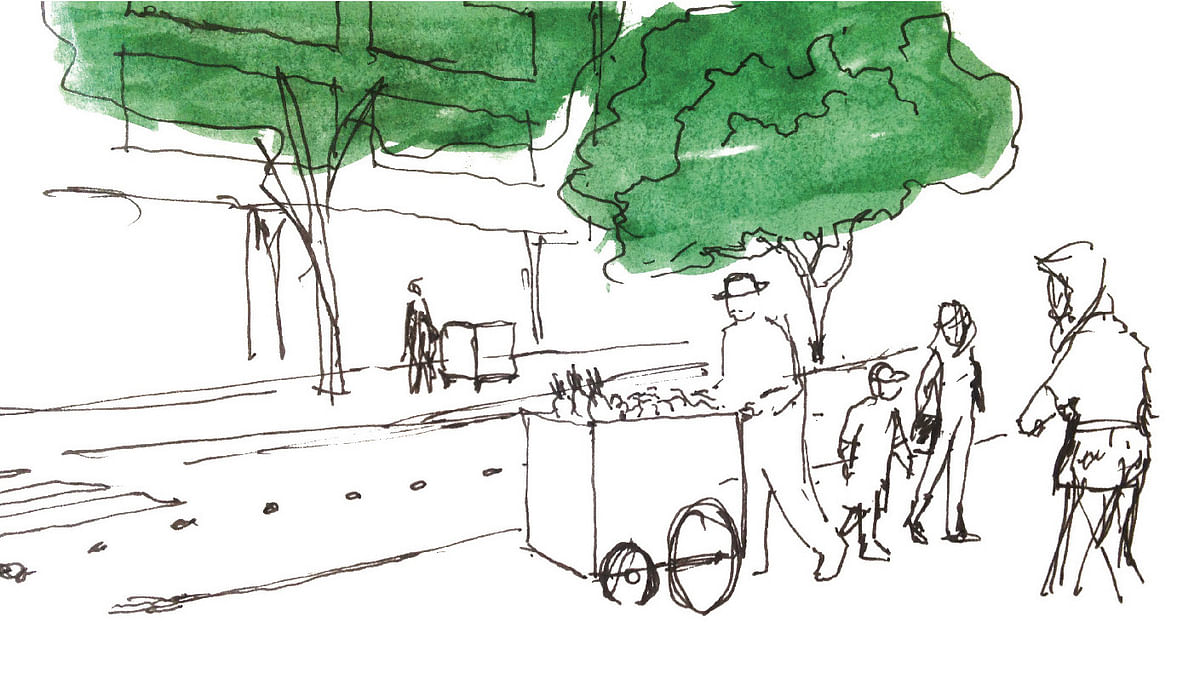
Related
The Schindler Global Award challenges the world's architecture and urban design students to submit their most innovative urban design concepts that examine how cities can improve the quality of life for its inhabitants in the 21st century. The 2017 competition, themed “Transforming the Urban Core: Urban Design for Coexistence”, had university participants design holistic urban-scale concepts for a specific site in thriving, densely populated Sao Paulo. Students had to focus their proposals on improving social, spatial, and economic factors catalyzed by mobility.
Competition is rigorous as always, with 10 months of project development and multiple rounds of judging. This year's edition attracted over 150 entries from teams representing 46 countries, from which only 12 finalists were selected. A team of architecture students from Brazil's FAUUSP – Faculdade de Arquitetura e Urbanismo da Universidad won the $25,000 grand prize, while 11 other teams also won cash.
“What’s unique about the Schindler competition is that these are urban design scale problems, at the district scale,” said one of the contest judges. “They had a high level of complexity that required a certain sophistication in the responses…You couldn’t respond with a one liner, or a simple idea. Because the design challenge required the contestants to deal not only with the physical fabric of the city but also complex physical, environmental social and political dynamics.”
Check out the top three winning projects below.
1ST PRIZE ($50,000): “Palimpsest” - FAUUSP – Faculdade de Arquitetura e Urbanismo da Universidad, Brazil
Students: Eduardo Gananca, Luiz Boschi Grecco, Jessica Luchesi
Professor: Dr. Fabio Mariz Goncalves
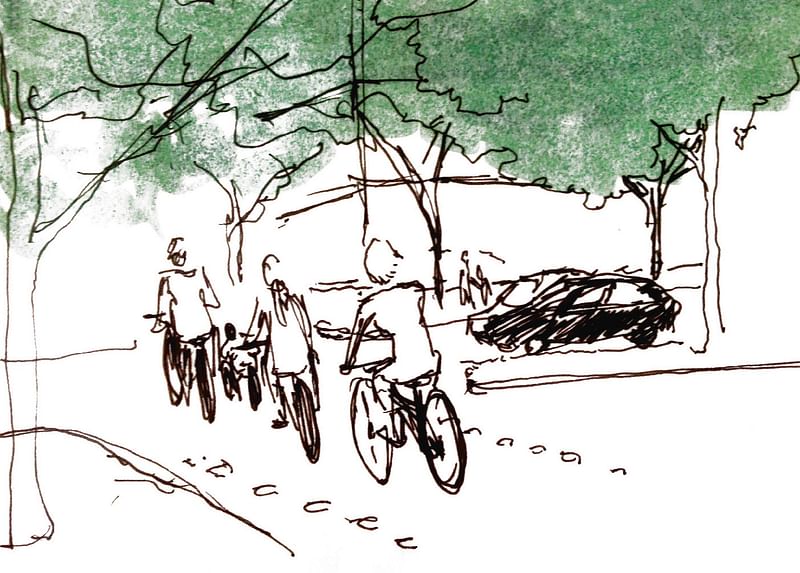
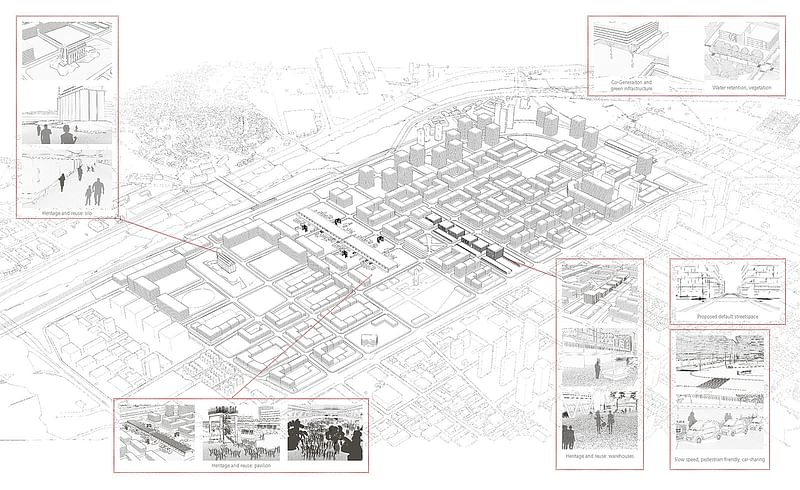
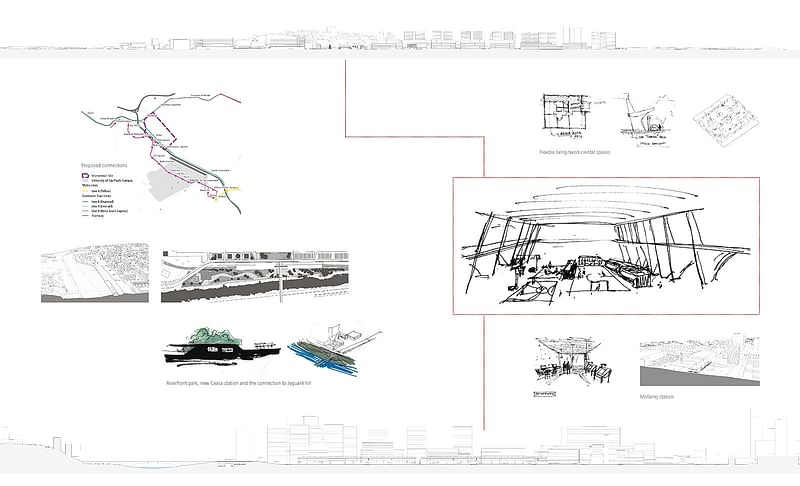
Project description: “The competition site is centered on the CEAGESP (Companhia de Entrepostos e Armazéns Gerais de São Paulo) wholesale market, along with its surrounding neighborhood and infrastructures. The CEAGESP will be relocated by the city in the coming years, freeing up a substantial part of the city for redevelopment and change.
The grand-prize winning team emphasized flexibility, proposing living areas that can be turned into offices, Airbnb-like accommodations for travelers, and hubs for software and game developers to co-mingle. The submission also incorporated sustainable elements, including rooftop turbines and composting to co-generate energy.
The project includes residential housing for different income levels in some buildings and different types of public and commercial space in other buildings. For any combined living and commercial spaces, it offered recommendations to improve privacy.
It incorporates green infrastructure, improves the riverfront, and planting vegetation and building raingardens to help with rainwater.
Plans for public and commercial spaces emphasized flexibility and diversity. The project incorporates a main pavilion where events could be held and which could be altered to accommodate different types of community events, live/work/rental spaces that could be altered to suit the needs of the community (and would include private entrances to the living spaces to ensure privacy), and co-working spaces.”
2ND PRIZE ($15,000): “Strategy Open City” - ETH Zürich, Zurich, Switzerland
Students: Niti Malik, Alisa Labrenz
Professor: Dr. Marc Angelil
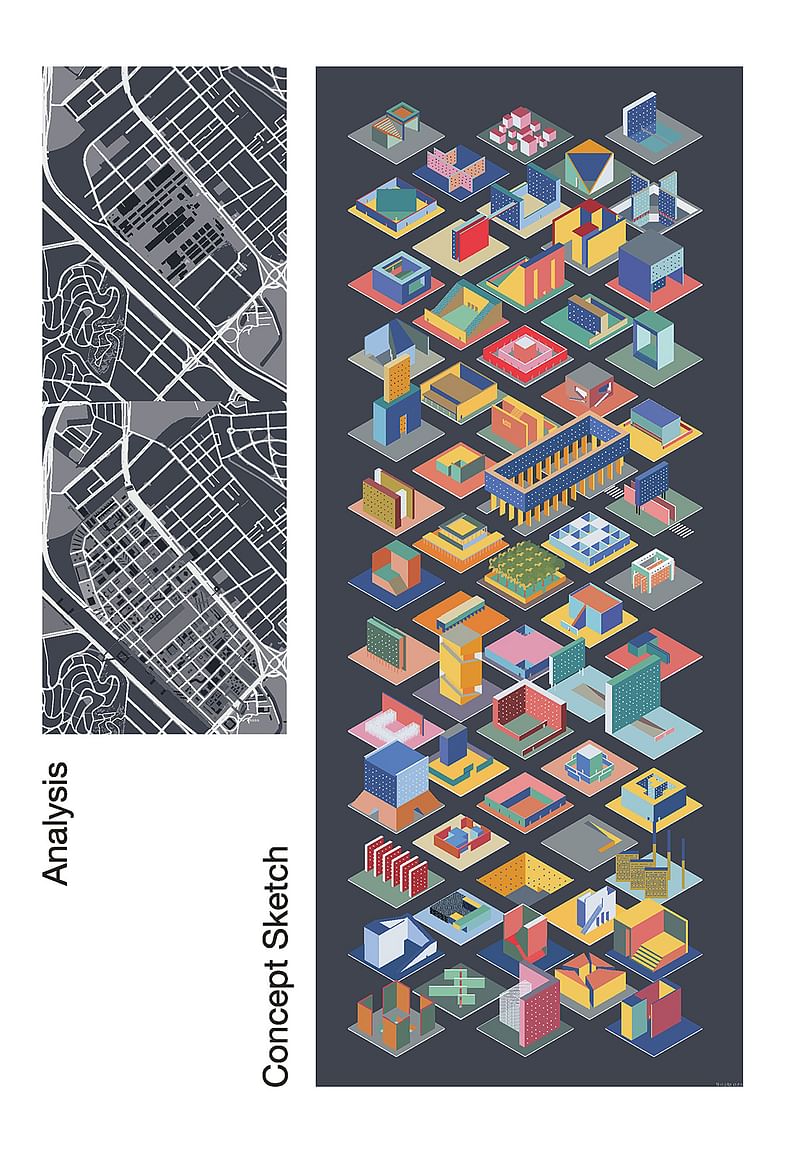
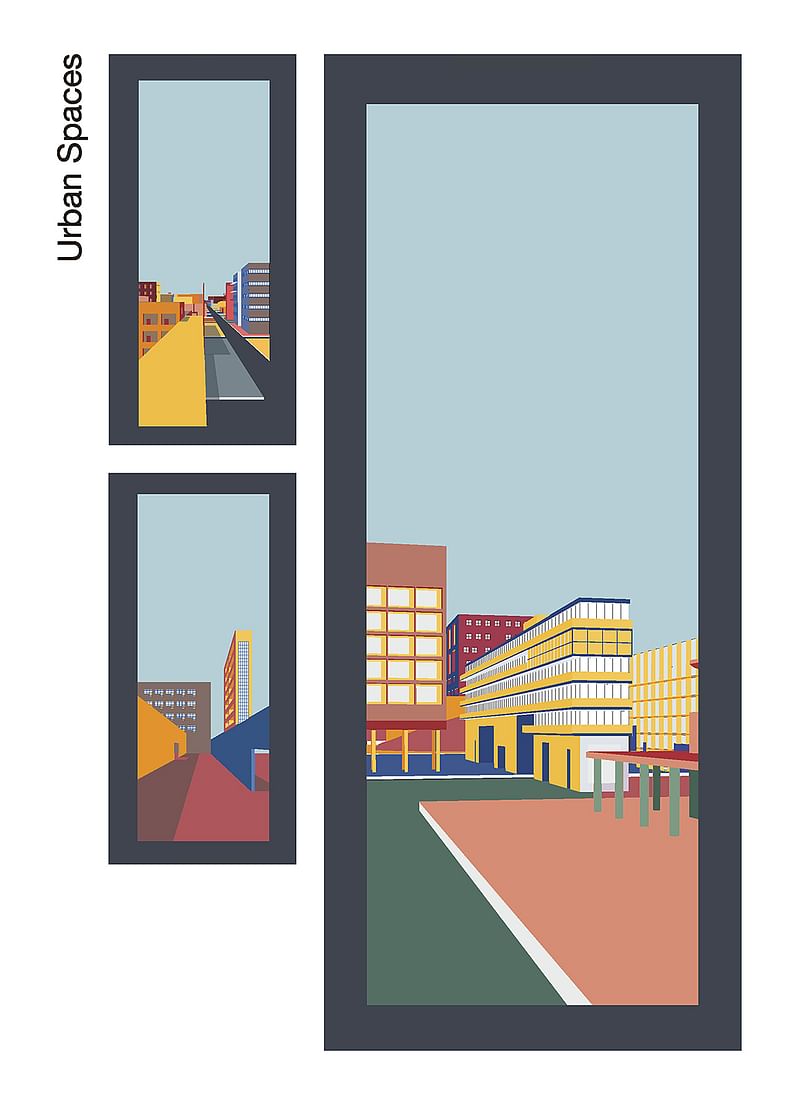
Project description: “The project created a safe, open area in the larger walled city. When creating the design, the emphasis was on ensuring that there were both eyes on the street (an ample number of people in the street) and eyes upon the street (an ample number of people looking at the street).
Buildings were laid out so that public spaces were open, but enclosed to ensure that people would be constantly surrounded and protected.”
3RD PRIZE ($12,000): “Gray to Green” - Fujian University of Technology (FJUT), Fuzhou, China
Students: Jianfeng Lin, Luqing Liu, Yangwenbo Xue, Fenghuang Zheng
Professor: Dr. Chia-Peng Chou

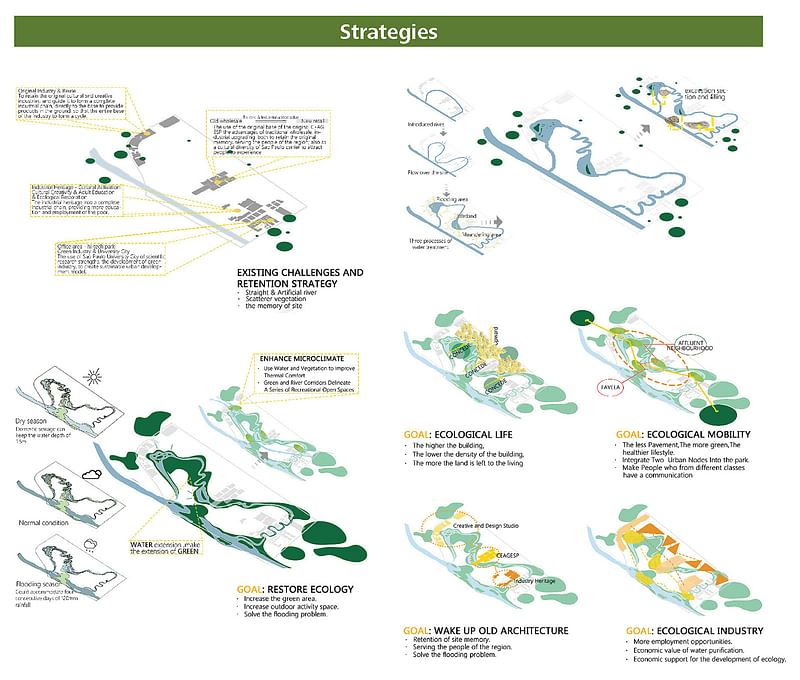
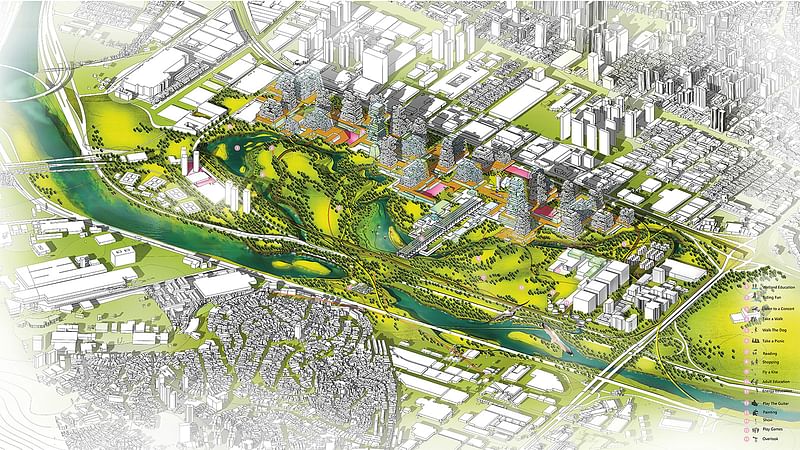
Project description:
“The project explores ‘living under the urban ecological economy,’ and creates a beautiful, sustainable neighborhood, where parks, cable cars, bike paths, and foot paths are plentiful.
The team also incorporates job creation in its design by providing green employment opportunities. It would do this by constructing water, garbage and air treatment plants, which would provide employment for the poor, and a high-tech office park for those in green industries (recommended partnering with the nearby University of Sao Paulo to create the office park). Plus, the site would include various ecological and cultural attractions for eco-tourists.”
Images and quoted text courtesy of Schindler Global Award 2017.

Share
0 Comments
Comment as :